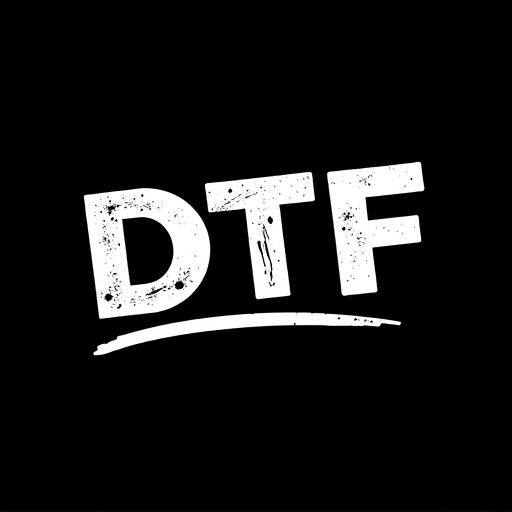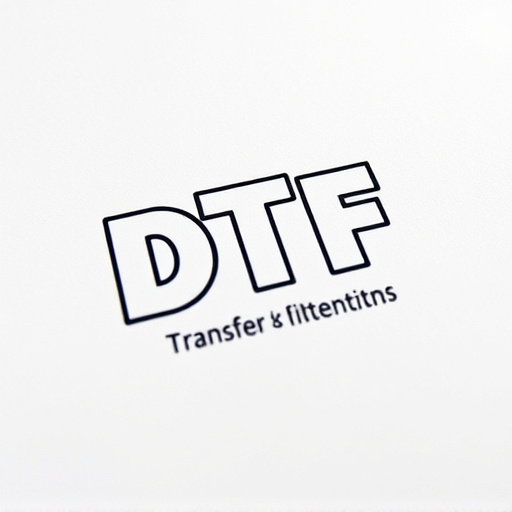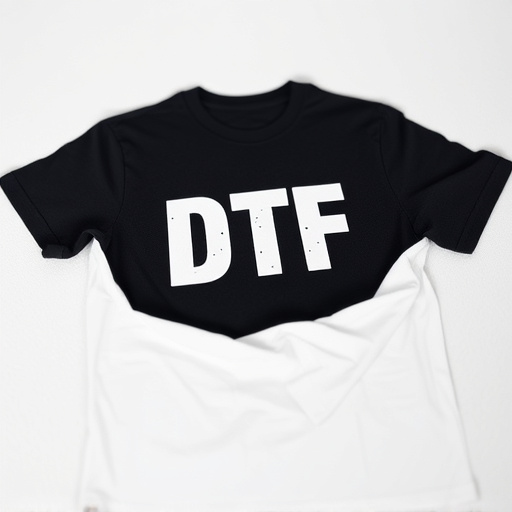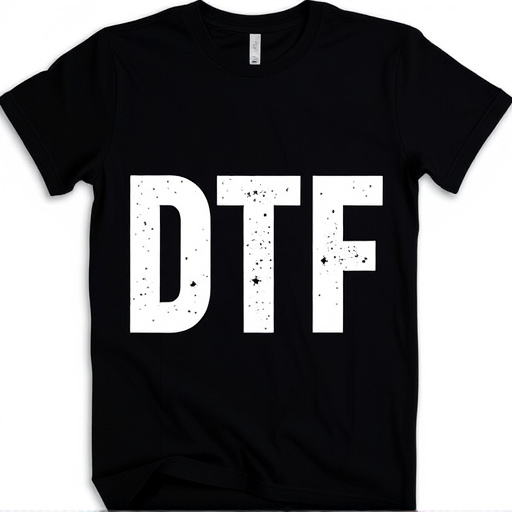Direct-to-film (DTF) transfer printing is a user-friendly method for hobbyists and artisans to create custom designs on fabric, paper, wood, and other materials. This process involves applying ink directly to film, creating a negative image that's then transferred to the desired substrate using heat. DTF offers vibrant prints with minimal equipment or specialized training, making it ideal for beginners. It democratizes design, enabling personal expression and small-scale production while being cost-effective compared to traditional methods. The key to success lies in selecting suitable high-quality transfer films and testing print media compatibility for tailored results. Online resources, including tutorials and communities, facilitate learning and collaboration in this growing field.
“Unleash your creativity with Direct-to-Film (DTF) transfer – a game-changing technology for hobbyists and artisans. This article serves as your ultimate guide to exploring the benefits of DTF, from its ease of use to the vast creative possibilities it offers. We’ll walk you through the process, help choose the best materials, and introduce top resources to get you started. Dive into the world of DTF Printing and discover how it can transform your art into tangible, high-quality prints.”
- Understanding Direct-to-Film (DTF) Transfer: A Beginner's Guide
- Benefits of DTF for Hobbyists and Artisans
- Choosing the Right Materials for DTF Printing
- Step-by-Step Process of Creating DTF Prints
- Creative Applications of DTF Technology
- Top Resources for Learning and Community Support
Understanding Direct-to-Film (DTF) Transfer: A Beginner's Guide
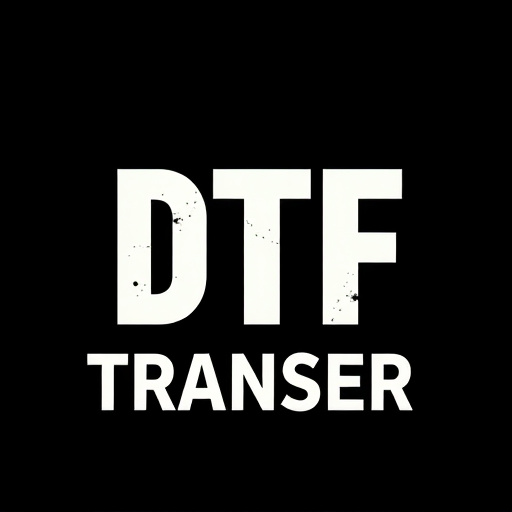
Direct-to-film (DTF) transfer is a simple and accessible printing method for hobbyists and artisans looking to bring their creative visions to life. Unlike traditional printing techniques, DTF skips the need for intricate setup, making it an appealing option for those new to the art of printmaking or limited on resources. The process involves applying ink directly onto film, which can then be transferred onto a variety of materials like fabric, paper, or wood. This straightforward approach allows creators to experiment with different designs and achieve vibrant, detailed prints without requiring expensive equipment or specialized training.
For beginners, understanding the DTF transfer process is as easy as grasping that it combines elements of painting and photography. First, artists create or source their design, ensuring it’s in a digital format suitable for printing. Next, they select a suitable film for their project, considering factors like the desired print quality and the type of substrate. Once the film is chosen, ink is applied directly onto the film using a precision tool, creating a negative image of the design. This negative image can then be transferred to various surfaces through pressure or heat, resulting in high-quality DTF prints that capture the intricate details of the original artwork.
Benefits of DTF for Hobbyists and Artisans
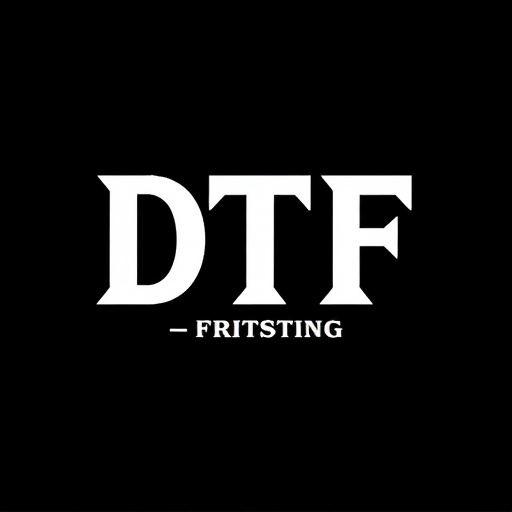
Direct-to-film (DTF) options offer a multitude of benefits for hobbyists and artisans looking to bring their creative visions to life. One of the primary advantages is its accessibility; DTF Transfer makes it possible for individuals without specialized equipment or extensive technical knowledge to create high-quality, intricate designs on various materials, from fabric to wood and metal. This democratizes design and craftsmanship, allowing more people to explore their artistic passions.
Moreover, DTF Printing provides a cost-effective solution compared to traditional methods. It eliminates the need for expensive set-up costs associated with screen printing or laser cutting, making it an attractive option for hobbyists on a budget. The ease of use and versatility of DTF Transfer enable artisans to quickly adapt designs, incorporate personal touches, and offer unique, custom products to their customers. Whether for personal expression or small-scale production, DTF Printing and Transfer techniques offer a versatile and accessible pathway for hobbyists and artisans to create and share their art with the world.
Choosing the Right Materials for DTF Printing
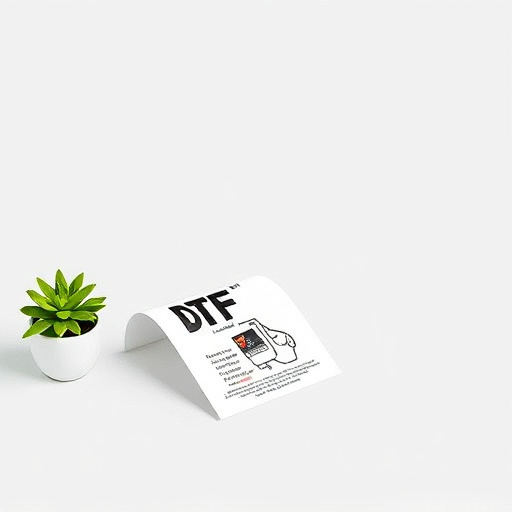
When embarking on a direct-to-film (DTF) printing project, selecting the ideal materials is paramount to achieving exceptional results. The first consideration is choosing the right DTF transfer film, which serves as the bridge between your design and the final print. Opt for high-quality films designed specifically for DTF applications; these ensure optimal adhesion to both your work surface and the media being printed. Look for features like precision cut edges and a clear, transparent material for unobstructed view of your artwork during the transfer process.
Complementing the DTF transfer film is the choice of print media – whether it’s fabric, wood, plastic, or metal. The compatibility of these materials with DTF printing is crucial. Ensure that your selected surface allows for smooth application and adhesion of the transfer film. Test different mediums to understand their unique properties and limitations in relation to DTF techniques. This way, you can tailor your approach to create stunning, permanent DTF prints that showcase your hobbyist or artisan skills.
Step-by-Step Process of Creating DTF Prints
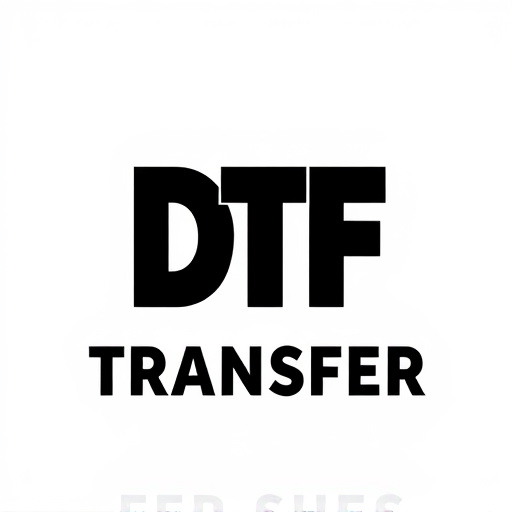
Creating Direct-to-Film (DTF) prints is an exciting process that hobbyists and artisans can master to bring their creative visions to life. It’s a straightforward method that allows for high-quality, custom designs on various materials, from textiles to metals. The step-by-step journey begins with preparing your design; whether it’s a digital illustration or a photo, ensure it’s optimized for printing, with the right resolution and color profile. Next, you’ll need a DTF transfer film, specifically designed for this technique, which acts as a medium between your design and the final surface.
The print process involves carefully placing the transfer film onto your chosen substrate, ensuring precise alignment. Then, using a heat press or an iron, you apply heat and pressure to transfer the ink from the film onto the material. This step requires careful control of temperature and time to avoid damaging the substrate or causing uneven ink transfer. Once complete, the film is carefully removed, revealing your DTF print—a vibrant, precise reproduction of your original design.
Creative Applications of DTF Technology

Direct-to-film (DTF) technology opens up a world of creative possibilities for hobbyists and artisans. This innovative process allows users to transfer intricate designs onto various materials with ease, leading to stunning and personalized creations. With DTF transfers, artists can bring their visions to life on fabrics, ceramics, wood, and more, making it an attractive option for those who enjoy crafting and self-expression.
DTF printing offers a unique way to create custom artwork, patterns, and logos. The technology enables the production of high-quality DTF prints, ensuring sharp details and vibrant colors. Whether it’s designing personalized gifts, decorating home decor items, or creating small business branding materials, DTF allows for endless creative applications. Its accessibility and versatility make it an exciting choice for hobbyists seeking to elevate their projects and artisans looking to expand their craft.
Top Resources for Learning and Community Support

For hobbyists and artisans looking to explore Direct-to-Film (DTF) transfers and printing, there’s a wealth of resources available to enhance their skills and connect them with like-minded individuals. Online platforms like YouTube and dedicated craft forums offer an array of tutorials, step-by-step guides, and tips from experienced practitioners. These visual learning tools can help beginners navigate the process of creating and applying DTF transfers, from preparing designs to curing the prints perfectly.
Community support is another vital aspect of mastering DTF techniques. Many online communities, including Facebook groups and Reddit forums, bring together hobbyists and artisans worldwide, fostering an environment where knowledge sharing and collaboration thrive. Members often provide encouragement, answer questions, and share their unique experiences, making it easier for newcomers to feel welcomed and inspired. These platforms also serve as a hub for learning about the latest DTF tools, materials, and trends, ensuring hobbyists stay up-to-date in this ever-evolving craft.







